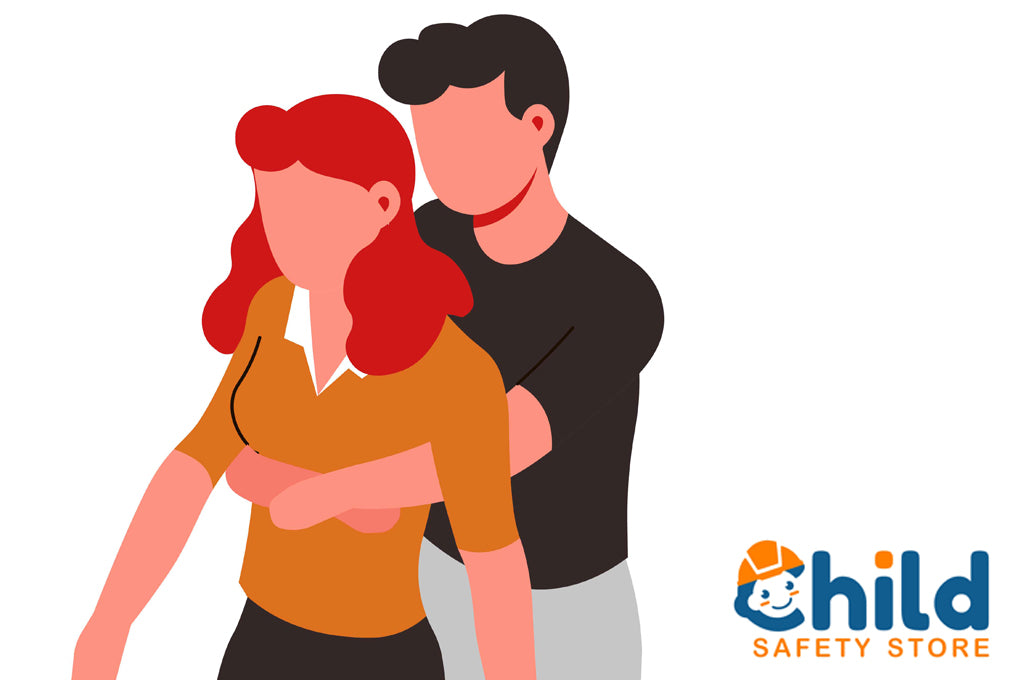
Understanding the Heimlich Maneuver
If you’ve ever sat in a restaurant, you have probably seen one of those helpful signs that explain how to use the Heimlich maneuver. This can be important information during an emergency, so it also pays to be prepared.
In today’s post, we’ll discuss how and when to use the Heimlich maneuver… and when you should not.
Recognizing Choking
As we’ve discussed in our blog about preventing infant choking, this can a terrifying situation for both the victim and the rescuer. According to the American Red Cross, the universal sign for choking is hands being clutched to the throat. Obviously, very young children and infants may not be able to make this gesture.
In this case, recognize a choking person with some of these key indicators:
- Inability to talk
- Difficulty breathing or noisy breathing
- Squeaky sounds when trying to breathe
- Coughing, which may either be weak or forceful
- Skin, lips and nails turning blue or dusky
- Skin that is flushed, then turns pale or bluish in color
- Loss of consciousness
What is the Heimlich Maneuver?
Back in the 1980s, a powerful tool to help choking victims became popularly accepted. The Heimlich maneuver, was a technique to help a person who was choking on food or a foreign object.
In a nutshell, the technique involves a rescuer standing behind a choking victim and placing his or her arms around the person’s body. After this, the rescuer should deliver five upward squeeze-thrusts into the choking victim’s abdomen. Put simply, the goal is to force air out of the person’s lungs, creating an artificial cough. This should dislodge the stuck food or object so that breathing can continue.
Choking hazards for a baby can be far more delicate. This article and technique largely focuses on performing the Heimlich maneuver on older children or adults. For young ones, we recommend taking a CPR training course specific to babies and infants to learn as much as possible.
As always, consult a medical professional for any specific safety questions. In the event of someone choking, call 9-1-1 to summon emergency help.
Helping A Choking Person
If you are in a situation during which you must rescue a choking person, here are the steps for the Heimlich maneuver, via the Mayo Clinic:
- Stand behind the person. Place one foot slightly in front of the other for balance. Wrap your arms around the waist. Tip the person forward slightly. If a child is choking, kneel down behind the child.
- Make a fist with one hand. Position it slightly above the person's navel.
- Grasp the fist with your other hand. Press hard into the abdomen with a quick, upward thrust — as if trying to lift the person up.
- Perform between six and 10 abdominal thrusts until the blockage is dislodged.
This procedure can also be done on yourself:
- Place a fist slightly above your navel.
- Grasp your fist with the other hand
- Bend over a hard surface — a countertop or chair will do.
- Shove your fist inward and upward.
A page from the Mayo Clinic also offers tips for helping a choking infant as well as older children and adults.
This video offers a handy breakdown of the basic technique:
When Not to Use the Heimlich Maneuver
There are also times when attempting the Heimlich maneuver is a bad idea. In fact, when done improperly, this technique can result in injuries to the victim. If a person is able to speak, cough or breathe, a rescuer should not attempt the Heimlich maneuver. The person should be encouraged to keep coughing to help dislodge the blockage. The Heimlich maneuver should only be used if the choker’s life is in immediate danger.
Safety experts are always learning. For example, the 2006 guidelines from the American Red Cross/American Heart Association, the term “Heimlich maneuver” was replaced with the term “abdominal thrust.” Besides this, the guidelines now advise “five and five” -- five back blows followed by five abdominal thrusts – and alternating between the two until the object is removed.
Still, when safety is concerned, it is important to know as much as possible. The Heimlich maneuver and “five and five” are both powerful tools for different situations.
Whenever possible, leave the rescuing to professionals. Of course, sometimes danger cannot be avoided and quick action is required. It helps to be prepared.
